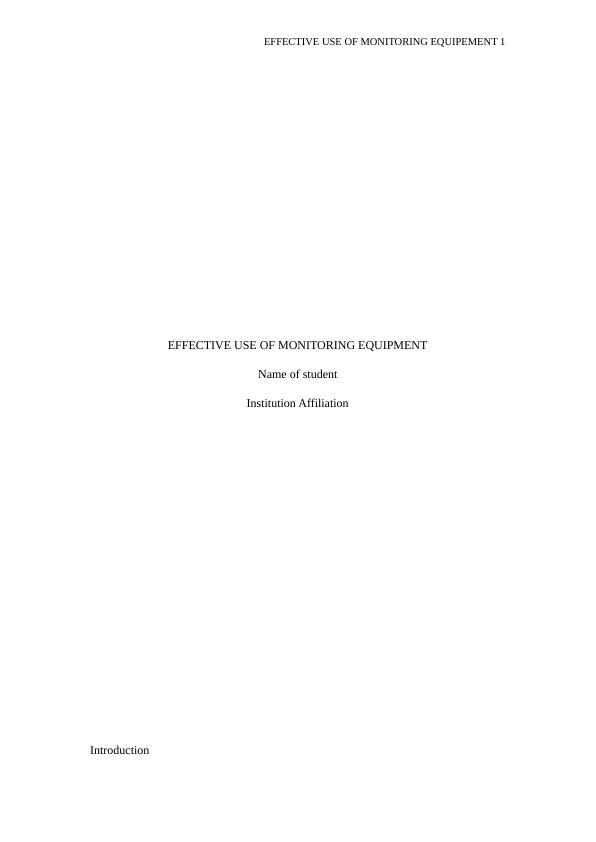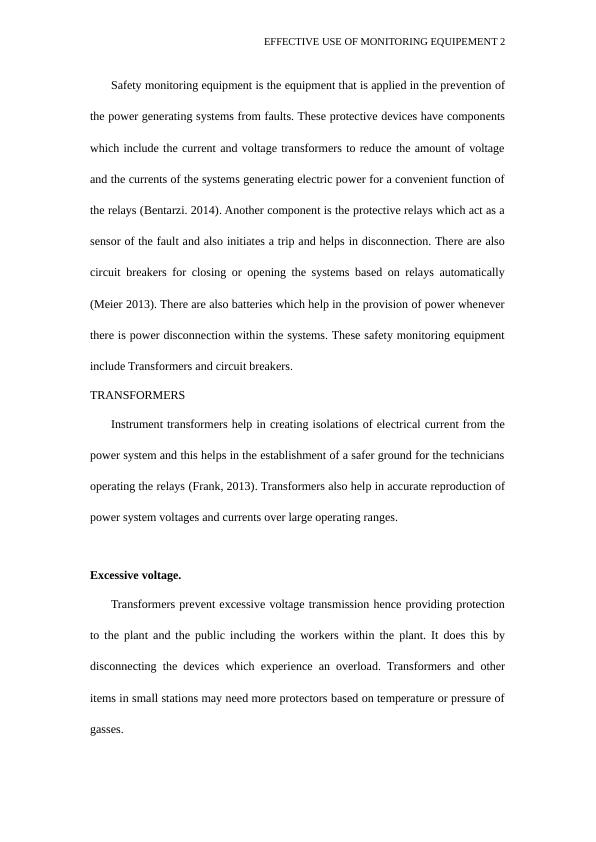Ask a question from expert
Effective use of Safety Monitoring Equipment - Assignment
6 Pages964 Words242 Views
Added on 2020-03-16
Effective use of Safety Monitoring Equipment - Assignment
Added on 2020-03-16
BookmarkShareRelated Documents
End of preview
Want to access all the pages? Upload your documents or become a member.
Overcurrent Protection in Power Systems
|23
|7403
|41
Power is directly proportional
|9
|1632
|19
Power Protection: Feeder Protection, Condition Monitoring, Safety Considerations, Grounding, Operating Standards, Workplace Safety Practice
|11
|1893
|470
Electrical Protection System | Assignment
|15
|2302
|37
Electric Circuits Assignment - Desklib
|7
|916
|120
Diploma in Electrical Installation: Circuit Diagram, Luminaires, Circuit Protection Devices, Design Current, CPC, Isolation and Switching
|7
|1048
|451


